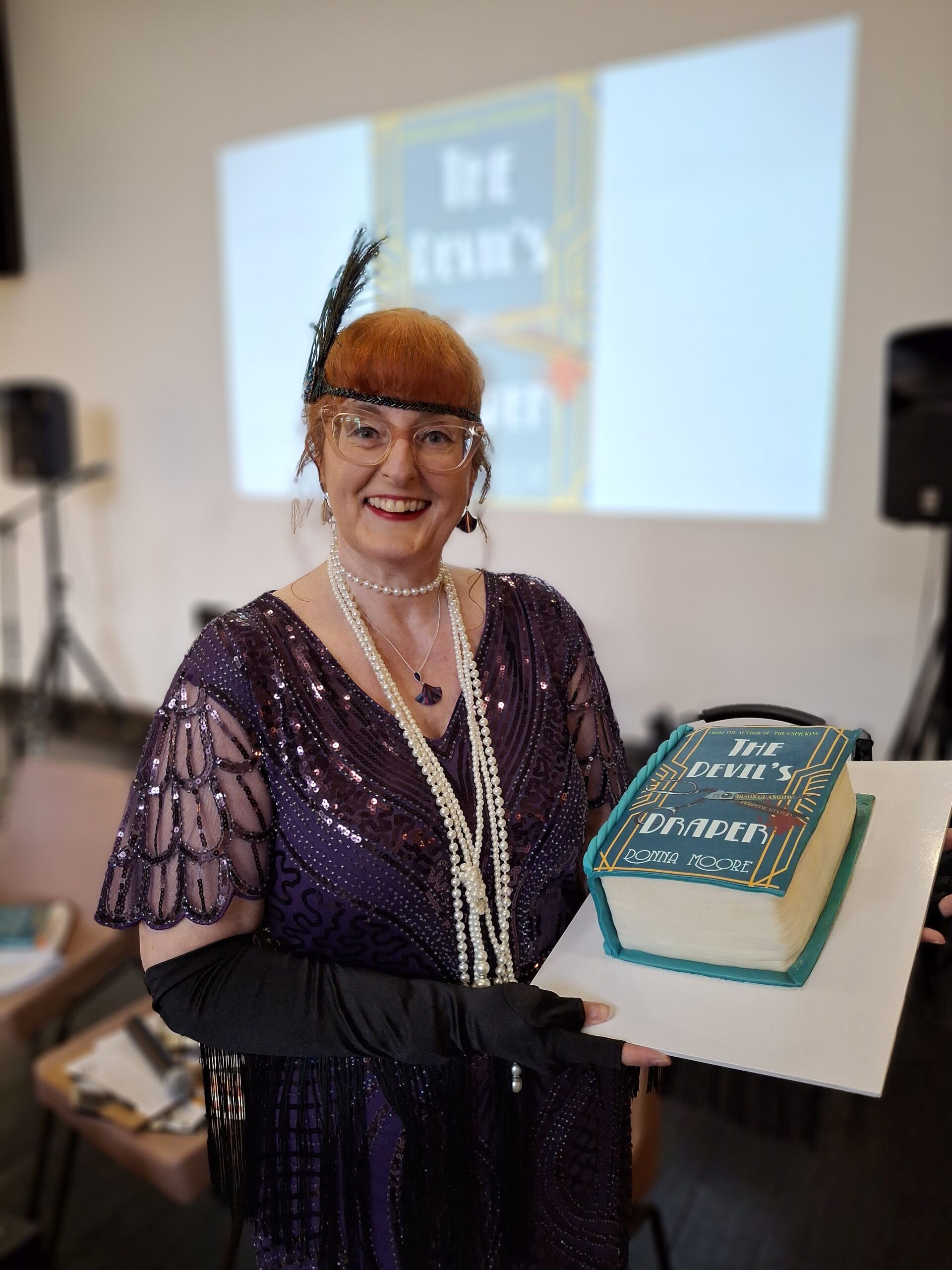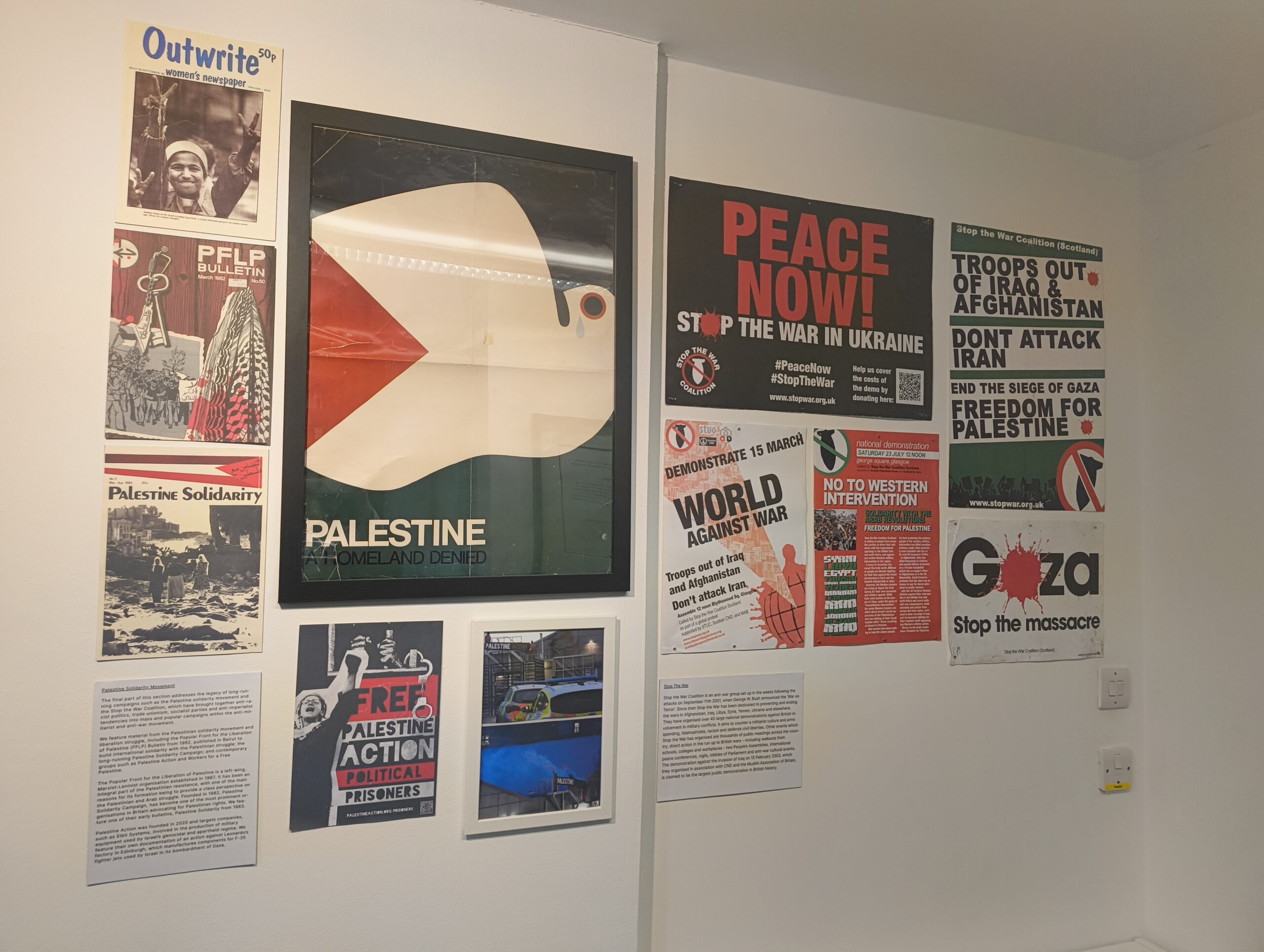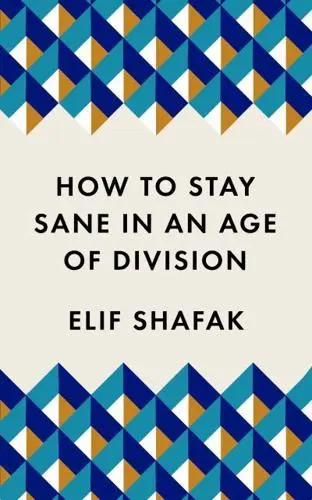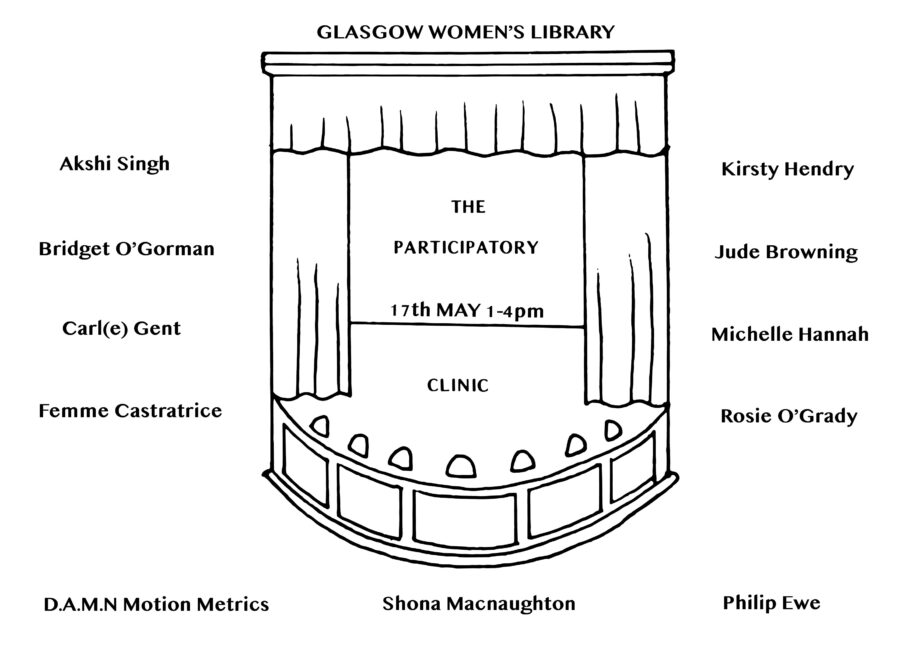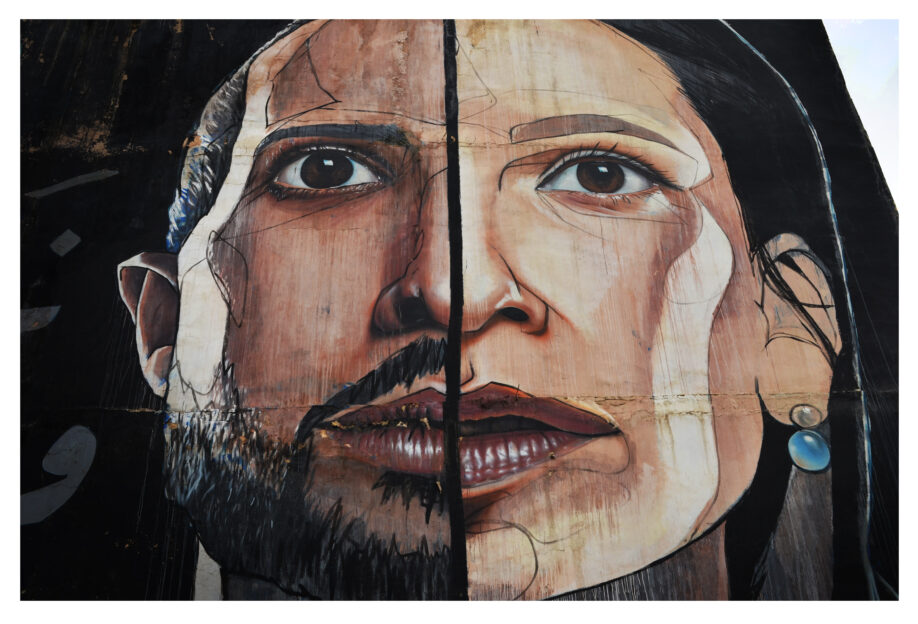Hello, dear readers! My name is Carly, I’m an English lit and linguistics student from Germany and I’m currently in the library as part of a four-month student placement. When I’m not getting sidetracked by all the amazing things to be found in the GWL archive, I’m mostly busy cataloguing and listing materials in the archive, writing blogs and helping with the preparations for GWL’s 30th anniversary. Hopefully, you’ll see more of me and my attempts at (somewhat creative) writing in the months to come!
Upon stepping into the GWL archive for the first time, I marvelled at the sheer amount of material – several long white shelves stacked with row upon row of boxes, daring me to come closer and immerse myself in the lives and experiences of all these people I have never met, all these events and groups and activities I didn’t take part in, didn’t even know about until… well, until now. On one of the shelves there was an impressive heap of uncatalogued material from the Lesbian Archive towering over its visitor, and as I read and sorted my way through the countless brochures, magazines, newspaper clippings, photographs, postcards, posters and leaflets – quickly losing track of time as I deep dived into the remains of an archive that no longer is and wryly wondering if anyone would mind if I took up permanent residence in there – I stumbled upon something that made me pause. Hidden between a healthcare brochure and a lengthy report on the same topic I found a two-page letter. No envelope, just a printed sheet of inconspicuous, white paper and several neat paragraphs of Times New Roman, addressed to the London HQ of a national bookshop and dated the 2nd of December 2005. “Lesbian! Lesbian! Lesbian!”, it read and went on to ask its reader to “shout it from on high”. Who wrote the letter?, you may ask. The answer is a local woman – a very angry local woman, to be more precise. A woman who was so enraged, in fact, by the shelving system of the aforementioned bookshop that she felt compelled to take it up with the book market’s powers that be. In my hands I was now holding the final result of her giving voice to her fury in the form of a very wordy and sarcastic letter of complaint the reading of which resulted in more than one undignified snort on my part echoing loudly in the silence of the archive.
The problem, you see, lay in the location of the LGBT section in the bookshop. As it was wedged between Anthropology and Erotic fiction, any browsers of the LGBT shelves were almost automatically forced to “see someone’s fiddly bits when [they were] perusing the aisles for the latest Sarah Waters”. “That’s false advertising!”, the letter writer continues and goes on to describe how this particular shelving system is problematic in two ways: On the one hand, it reduces LGBT literature to stories about purely physical intimacy as it suggests that all “gay people do [is] have continuous hot, steamy, casual sex.” On the other hand, it pathologises – that is, treats as psychologically ‘abnormal’ – gay and lesbian people by labelling them as objects of study, as interesting subjects to academic research.
“Can I suggest something?”, she then asks innocently. Something which “will sound like crazy talk, like [she’s] from another planet in fact!”, namely: Why have a separate LGBT section at all? Why not shelve the gay and lesbian erotic fiction with erotic fiction in general, or books on gay or lesbian marriage in the marriage section, or queer fiction in the fiction section, and so on and so forth – you get the gist. It’s a fair question, and one that, apparently, no one in the bookshop was able to give her an answer to.
Some might ask themselves now, “why make such a fuss about something so small and inconsequential? Weren’t there more pressing matters to attend to in 2005?” And while our dear letter writer admits that the points she makes are “somewhat scatty”, I believe they are valid ones nonetheless and address an issue which has become much more prominent in recent years. It’s not merely a question of representation or no representation, is it? Of whether a bookshop houses a section on LGBTQIA+ literature or not. It is also a question of the h-word, a question of the “how”: how is it represented in the cataloguing system. Whether it is in a bookshop, a library, a museum or an archive, the “how” matters. It matters whether a book on queer identity, for example, is left to collect dust in a dark and gloomy backroom, wedged between self-help guides and academic anthologies on mental illness, or whether it is presented on a front shelf right next to literature on all kinds of issues of identity, irrespective of sexual orientation, where everyone can see it. It might seem like a small issue, especially nowadays when we are facing so many challenges both on a global and a local level, but that does not mean we shouldn’t think about it. Postcolonial and Decolonial studies, for example, have been especially busy in recent years debating issues of representation and raising awareness about the importance of the “how”: after all, the way art from, or about, formerly colonised countries is curated says a lot about the museum’s or gallery’s – and, by extension, the respective culture’s – attitude towards these countries and their shared history of violence and subjugation. The devil is in the details – the devil is in the “how”. It’s a fact that, admittedly, seems so obvious and will probably cause many of you to shake your heads in exasperation and be like, “duh. Tell me something I don’t know” – yet, some things can’t be stressed enough, can they? We need to talk about them time and again until they really sink in. Until they are self-evident. Until the “how” is no longer a question but a fact.
And that brings me all the way back to GWL. Because, as you may have guessed, that is also one of the reasons why I decided to write a blog entry on this topic and why I am so happy – a creepily-grinning-like-a-Cheshire-cat-kind-of-happy – to be able to work here. It is not only the fact that every.single.person I have met in these past weeks has been more than welcoming, supportive and, let’s just say it, genuinely awesome. It is also because GWL is a place where the “how” is not pushed to the margins but instead serves as a guiding question. Honestly, just think of the library’s recent adoption of a new, feminist cataloguing system!
At the end of the day, this little blog entry is of course only a short glimpse into the random jumble of thoughts running through the head of a mid-twenties student/would-be philosopher browsing the shelves of the GWL archive. But, even though it may not “contain[] such wit, intelligence and love” as can be found in our mystery letter writer’s little work of art – or so she claims –, I hope it was a fun read for you nonetheless and that it might have inspired you to pay closer attention to the “how” whenever confronted with issues of cataloguing and representation.
And now, since I’m really quite bad at writing good endings anyway, I’ll just leave it to the woman who inspired this entry to do it for me:
“Wonderful. I have finished.
Goodbye.”

